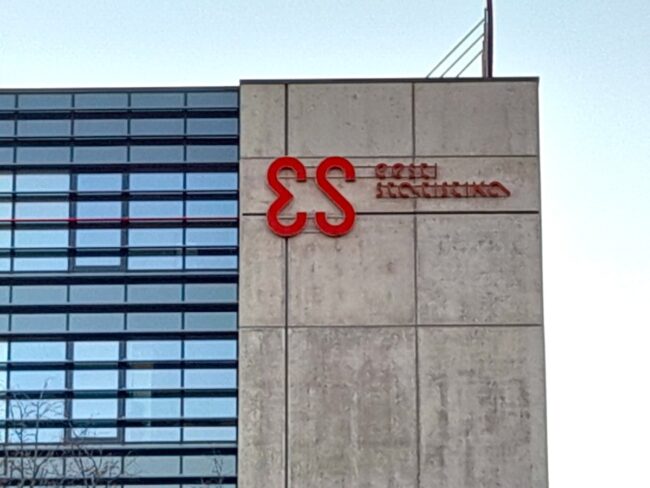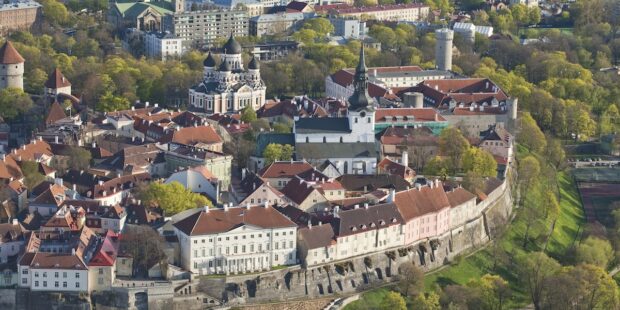Estonia’s economy contracted by 1% in Q2
Text Mark Taylor
According to data released by Statistics Estonia, the county’s economy saw a 1 per cent contraction in the second quarter of 2024 (April, May, June) compared to the same period last year, with the gross domestic product (GDP) at current prices being 9.8 billion euros. Despite the decline, several positive trends suggest a potential recovery.
Robert Müürsepp, team lead of national accounts at Statistics Estonia, highlighted the mixed performance across various sectors. “While trade and construction sectors significantly dragged down economic performance, other areas showed resilience”. Notably, the real estate sector positively contributed to economic activity.
Value added in the economy decreased by 1.7 per cent, marking the slowest decline in the last 18 months. The non-financial corporations sector saw a modest 2.2 per cent decrease, while the financial sector experienced a sharper 3.4 per cent drop.
Tax revenue continued to bolster the economy, with increased receipts from value-added tax and excise duties helping to offset some of the negative impacts. Private consumption, however, fell by 1.3 per cent, with the most significant reductions in spending on clothing, footwear, transport, and miscellaneous goods and services. Conversely, expenditures on housing, food, and accommodation services saw slight increases.
Government spending grew by 1.1 per cent, driven primarily by the healthcare and education sectors, despite a slowdown in wage growth within the government sector compared to the previous year.
Investment activity provided a brighter spot in the economic landscape, with a 7.9 per cent increase in the second quarter. The non-financial corporate sector led this growth with a substantial 64.9 per cent rise in investments in buildings and structures. However, household investments in dwellings saw a steep 19.2 per cent decline, marking the most significant negative impact on investment figures.
Foreign trade showed signs of stabilization, with exports and imports falling by just 1.6 per cent and 0.3 per cent, respectively. Exports of services demonstrated a modest increase, contributing positively to the overall trade balance, which remained in surplus for the third consecutive quarter.
Seasonally and working-day adjusted GDP figures remained stable compared to the first quarter of 2024 but were 1.3 per cent lower than in the second quarter of 2023.
The economic data reflects a complex mix of challenges and emerging opportunities as Estonia navigates its path to recovery. The performance of various sectors will be crucial in shaping the country’s economic outlook in the coming months.
To learn more about this and similar topicsEconomic trends Estonia Estonia Economy Foreign Trade GDP Estonia Investment Growth Private Consumption Statistics Estonia










